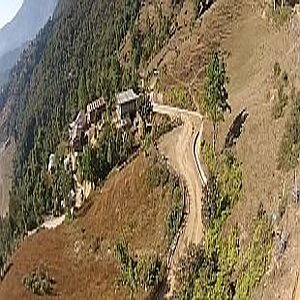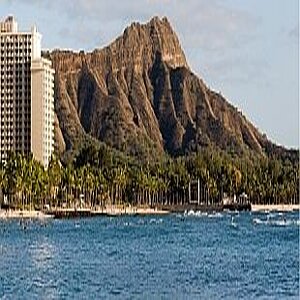Combat desertification, protect farmland

IKI project supports farmers in Burkina Faso and Senegal to adapt to climate change.
In Senegal and Burkina Faso, land salinization, desertification, drought and periods of floods are a major challenge for agriculture. Reduced rainfall and rising sea levels contribute to the loss of productive land for farmers. Local communities in both countries suffer most from these impacts, as they are highly dependent on the land for food and as a source of income.
The project Ecosystems - Protection for Infrastructure and Communities (EPIC) has supported local communities from twelve villages in western Senegal and northern Burkina Faso in their efforts to sustainably restore the land using traditional land practices. The International Union for Conservation of Nature (IUCN) is implementing the project in Burkina Faso and Senegal supported by the German Federal Environment Ministry on behalf of its International Climate Initiative (IKI) with four million euros.
In April 2016, six representatives from the villages in northern Burkina made the long journey to Foundiougne in western Senegal for an exchange visit with the Senegalese beneficiaries of the project. During their exchange participants from both countries found that, as farmers and livestock breeders, they had common problems and similar solutions. An example of such a solution is a ‘fascine’– a wall made of bundles of sticks built into the earth along the contours of a slope. These are used in Senegal to reduce salt intrusion and soil erosion and increase water infiltration.
 People stand around a fence
People stand around a fence
In Burkina Faso, a ‘gabion’ is one of the techniques used to conserve water and soil resources. These are dams made with wire and stones. This practice is currently labour-intensive for the producers as the stones need to be dug and carried to different sites. Fascines present an easier and less time-consuming alternative for the Burkinabe and will be tested in the villages.
Another traditional land practice, the ‘zaï’, was applied to address the drought in the 1970s and 1980s. It was introduced by Yacouba Sawadogo, a farmer from Burkina Faso, who managed to plant a forest in the desert, thus making the soil fertile. He started a mass movement. Today the United Nations recommend imitating his method. The zaï are planting pits in which organic materials are placed, followed by crop seeds such as millet or sorghum. The pits cause water to collect around the plant, thus providing an effective adaptive strategy for periods of drought.
Adding value to the practice, the Burkinabe farmers are also combining it with tree restoration. Previously, when trees germinated from seeds present in the organic material added to the zaï pits, farmers would uproot them; they now leave them to grow to increase tree cover and improve soil quality. Both the practice of zaï and its combination with assisted natural regeneration was new for the Senegalese farmers.
The demand for firewood and associated deforestation contributes to land degradation in both Burkina Faso and Senegal. As part of the EPIC project, biodigestors have been established in the villages in Burkina Faso that use cattle dung to produce combustible gas as an alternative to firewood for cooking. Women mix cattle dung with a hand crankOne small variation in the model of biodigestor used in Senegal could make a big difference for the Burkinabe: the presence of a hand crank. Currently the cattle dung in the biodigestor container is mixed by hand by Burkinabe women.
Women mix cattle dung with a hand crankOne small variation in the model of biodigestor used in Senegal could make a big difference for the Burkinabe: the presence of a hand crank. Currently the cattle dung in the biodigestor container is mixed by hand by Burkinabe women.
“Now we can see that these techniques are adapted to the local context and that they also have the potential to be exported, thus the rationale for this visit – to share local knowledge and see how it can be useful here in Senegal or in Burkina Faso,” says IUCN’s Camille Buyck, who is coordinating the project.
Source: IUCN
The link has been copied to the clipboard
Contact
IKI Office
Zukunft – Umwelt – Gesellschaft (ZUG) gGmbH
Stresemannstraße 69-71
10963 Berlin









